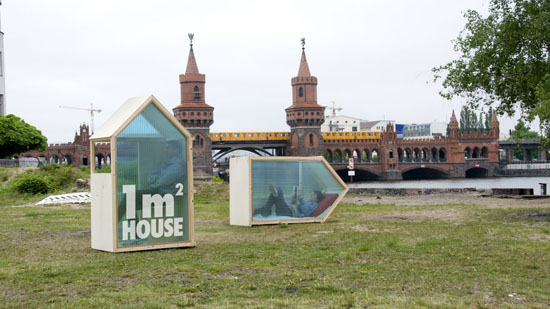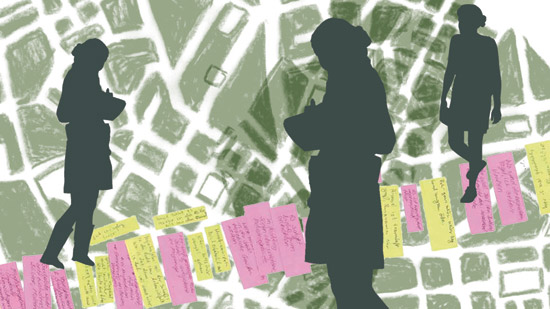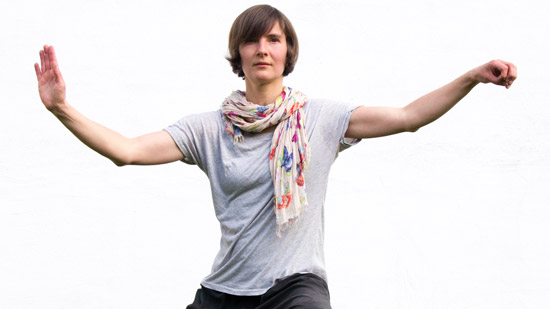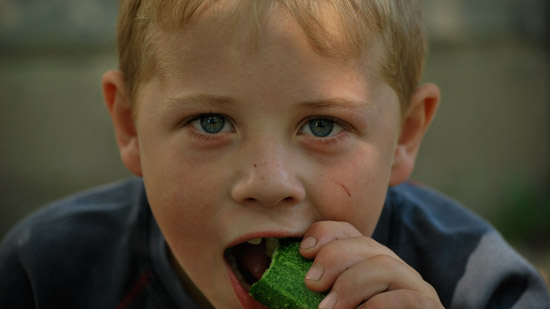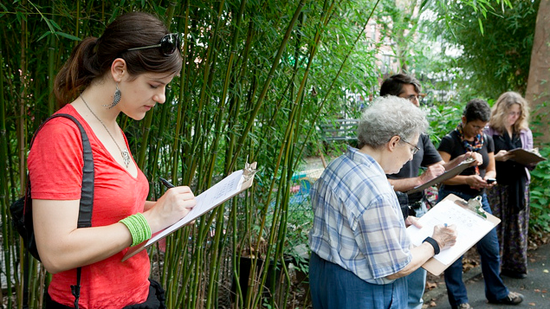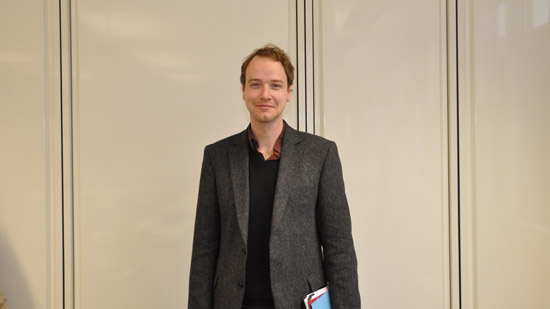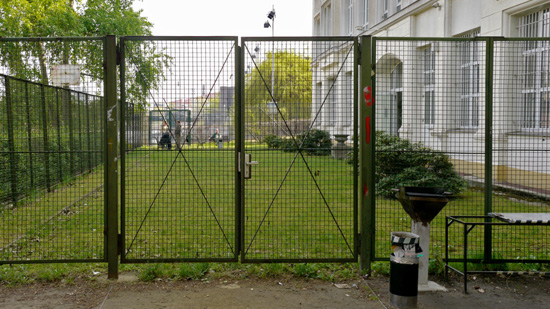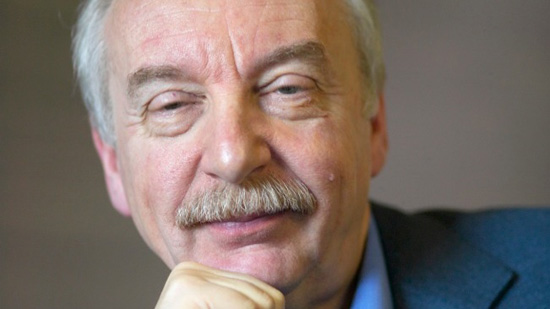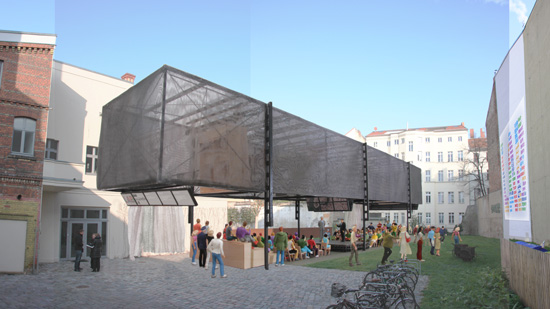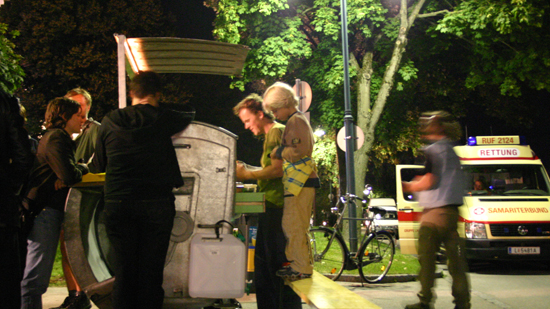July 2012
-
3 Tue
Tuesday, July 3 — Lab closedLab geschlossen
-
4 Wed
Wednesday, July 4 — Lab closedLab geschlossen
-
7 Sat
-
8 Sun
-
10 am
-
10:30 am
-
12 pm
Urbanophil: Mobile University of Berlin Urbanophil: Mobile Universität Berlin: Phantom
-
12 pm
-
12:30 pm
-
12:30 pm
-
2 pm
-
4 pm
-
8 pm
-
-
10 Tue
Tuesday, July 10 — Lab closedLab geschlossen
-
11 Wed
Wednesday, July 11 — Lab closedLab geschlossen
-
12 Thu
-
13 Fri
-
11 am
-
12 pm
Chen School for Taijiquan, Qi Gong and Meditation Chen-Schule für Taijiquan, Qi Gong und Meditation
-
2 pm
-
2:15 pm
-
2:30 pm
-
5 pm
Screening: Geschichten aus der Heimat—Homeland Stories Film: Geschichten aus der Heimat
-
6 pm
-
6:45 pm
-
7:30 pm
-
9:30 pm
-
-
14 Sat
-
10:30 am
-
12 pm
Communication and Participation I Kommunikation & Partizipation I: Einführung
-
12 pm
-
12:15 pm
Make Space Make Space – Räume schaffen: ein Projekt für Nachbarschaftsgärten
-
1 pm
-
2 pm
Andreas Baranowski: the Science of Seduction Andreas Baranowski: Die Wissenschaft der Verführung
-
4 pm
-
6:30 pm
-
8 pm
Book Release with PeopleHunt Party Buchvorstellung mit PeopleHunt Party
-
-
15 Sun
-
10:30 am
-
12 pm
Communication and Participation II Kommunikation & Partizipation II: Einführung
-
12 pm
Urbanophil: Mobile University of Berlin Urbanophil: Mobile Universität Berlin: Phantom
-
12:15 pm
-
1:30 pm
-
1:30 pm
-
4 pm
-
8 pm
-
-
17 Tue
Tuesday, July 17 — Lab closedLab geschlossen
-
18 Wed
Wednesday, July 18 — Lab closedLab geschlossen
-
19 Thu
-
10:30 am
This City Life: Through the Eyes of Children Das Stadtleben: Durch Kinderaugen
-
12 pm
Chen School for Taijiquan, Qi Gong and Meditation Chen-Schule für Taijiquan, Qi Gong und Meditation
-
12 pm
Cycling Lessons for Women (Beginners) Fahrradkurs für Frauen (Anfänger)
-
12 pm
-
2 pm
-
3 pm
-
3 pm
Soupermobile: Build a Dumpster Kitchen Soupermobile: Bauen Sie eine Müllcontainer-Küche
-
8 pm
Can Infrastructure Be Crowdsourced? Kann Infrastruktur durch die Masse selbst organisiert sein?
-
-
20 Fri
-
12 pm
Chen School for Taijiquan, Qi Gong and Meditation Chen-Schule für Taijiquan, Qi Gong und Meditation
-
12 pm
-
2 pm
-
2:30 pm
-
2:30 pm
-
3 pm
Soupermobile: Build a Dumpster Kitchen Soupermobile: Bauen Sie eine Müllcontainer-Küche
-
4:30 pm
-
8 pm
-
-
21 Sat
-
10:30 am
-
12 pm
-
12 pm
-
12:30 pm
-
1 pm
-
4 pm
-
-
22 Sun
-
24 Tue
Tuesday, July 24 — Lab closedLab geschlossen
-
25 Wed
Wednesday, July 25 — Lab closedLab geschlossen
-
26 Thu
-
10:30 am
This City Life: Through the Eyes of Children Das Stadtleben: Durch Kinderaugen
-
12 pm
Chen School for Taijiquan, Qi Gong and Meditation Chen-Schule für Taijiquan, Qi Gong und Meditation
-
12 pm
Cycling Lessons for Women (Beginners) Fahrradkurs für Frauen (Anfänger)
-
12 pm
-
2:15 pm
-
2:30 pm
-
5 pm
-
8 pm
-
-
27 Fri
-
12 pm
Chen School for Taijiquan, Qi Gong and Meditation Chen-Schule für Taijiquan, Qi Gong und Meditation
-
12 pm
-
2 pm
-
2:15 pm
-
2:30 pm
-
2:30 pm
-
-
28 Sat
-
29 Sun
-
31 Tue
Tuesday, July 31 — Lab closedLab geschlossen








